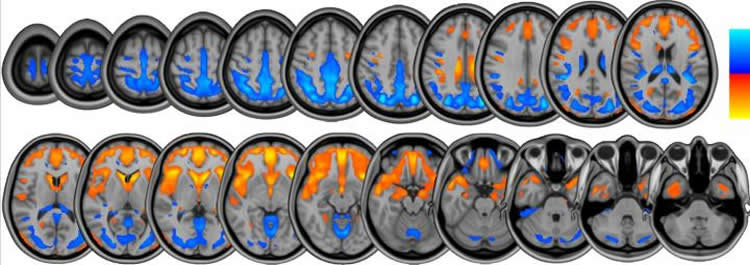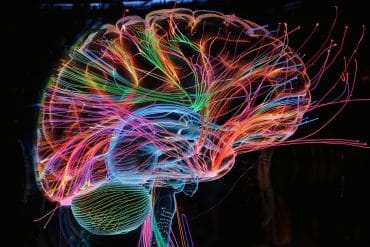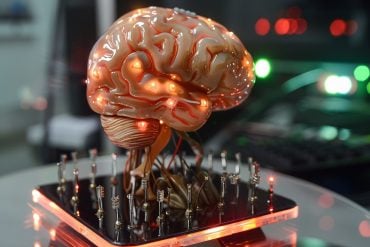An investigation on the International Space Station seeks to understand how the brain changes in space and ways to deal with those changes.
In space, there is no “up” or “down.” That can mess with the human brain and affect the way people move and think in space. An investigation on the International Space Station seeks to understand how the brain changes in space and ways to deal with those changes.
Previous research and first-hand reports suggest that humans have a harder time controlling physical movement and completing mental tasks in microgravity. Astronauts have experienced problems with balance and perceptual illusions – feeling as if, for example, they are switching back and forth between right-side-up and upside down.
The Spaceflight Effects on Neurocognitive Performance: Extent, Longevity, and Neural Bases (NeuroMapping) study is examining changes in both brain structure and function and determining how long it takes to recover after returning from space.
Researchers are using both behavioral assessments and brain imaging. Astronauts complete timed obstacle courses and tests of their spatial memory, or the ability to mentally picture and manipulate a three-dimensional shape, before and after spaceflight. The spatial memory test also is performed aboard the station, along with sensory motor adaptation tests and computerized exercises requiring them to move and think simultaneously. Astronauts are tested shortly after arriving aboard the station, mid-way through and near the end of a six-month flight.
Structural and functional magnetic resonance imaging (MRI) scans of the brain are done pre-flight and post-flight.
“We are looking at the volume of different structures in the brain and whether they change in size or shape during spaceflight,” said principal investigator Rachael D. Seidler, director of the University of Michigan’s Neuromotor Behavior Laboratory.
Functional MRIs involve astronauts completing a task during the imaging, which will show researchers which parts of the brain they rely on to do so.

According to Seidler, both the behavioral assessment and brain imaging are important to help identify the relationship between physical changes in the brain and those in behavior.
“On Earth, your vestibular – or balance – system tells you how your head moves relative to gravity, but in space, the gravity reference is gone,” Seidler said. “That causes these perceptual illusions, as well as difficulty coordinating movement of the eyes and head.”
These difficulties could have serious consequences for astronauts, especially when changing between gravitational environments, such as landing on Mars. In those cases, astronauts will need to be able to perform tasks such as using tools and driving a rover, and they must be capable of escape in a landing emergency.

Identifying the physical mechanisms behind changes in behavior and how much time it takes to adapt will help researchers determine how best to help space explorers compensate. The study results could also reveal whether astronauts return to “normal” post-flight because the brain changes back, or if the brain instead learns to compensate for the changes that happened in space.
Scientists know that brain changes and adaptations happen here on Earth as well. As people age, for example, they use more brain networks than a younger person does to perform the same task. Chemotherapy, injury and illness also can trigger such adaptation. Co-investigator Patricia A. Reuter-Lorenz, chair of psychology at the University of Michigan, said a major benefit of this study is that the subjects are fit, healthy astronauts. That will make it possible to apply the findings across a range of causes.
Learning more about how the human brain changes in space will help scientists better understand the ways it can recover and adapt in space, and on Earth.
At least here on Earth, people can usually tell which way is up.
Source: Melissa Gaskill – Nasa Johnson Space Center
Image Credit: The brain scans image is credited to University of Michigan. The space station illustration is credited to NASA






